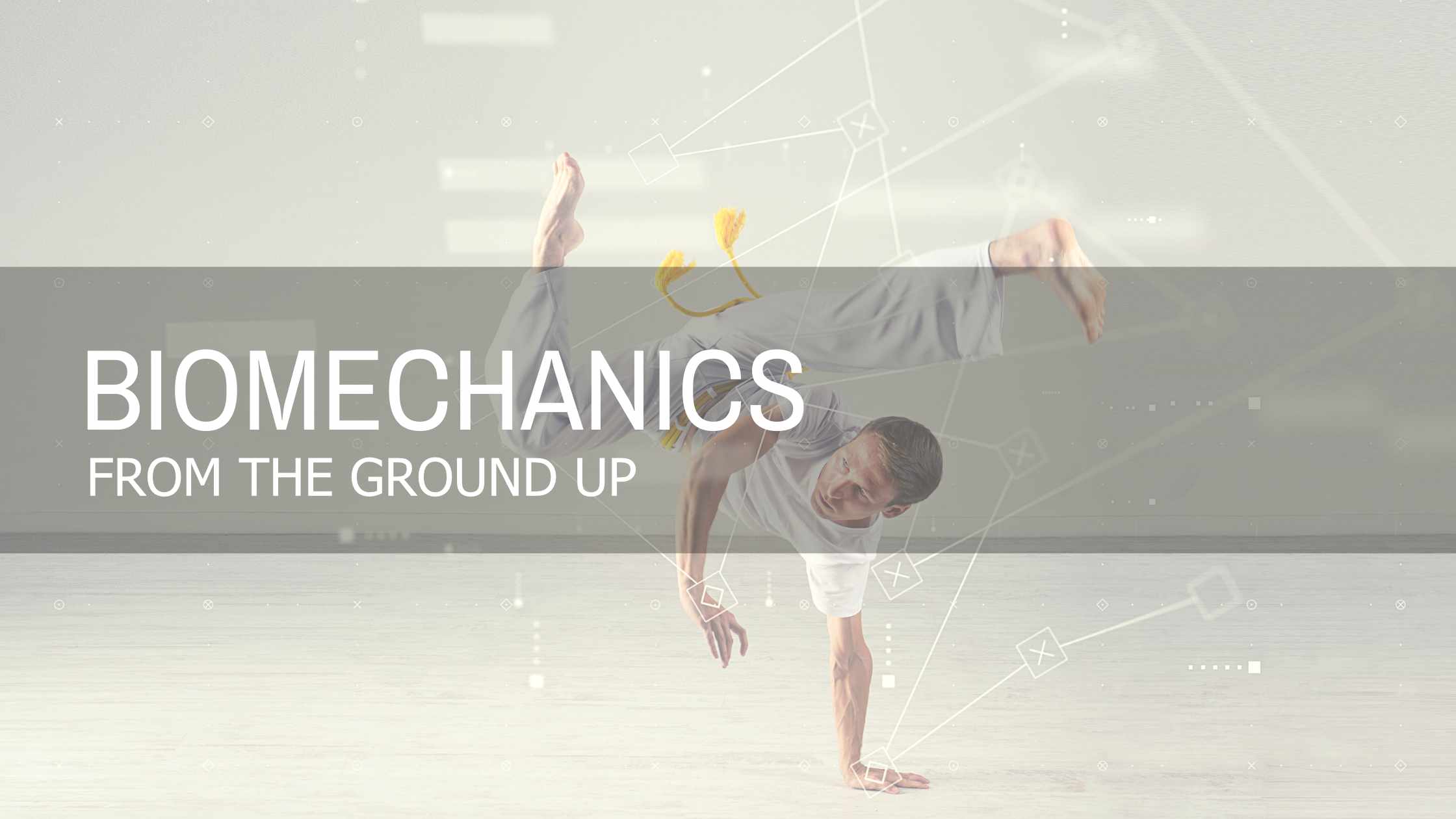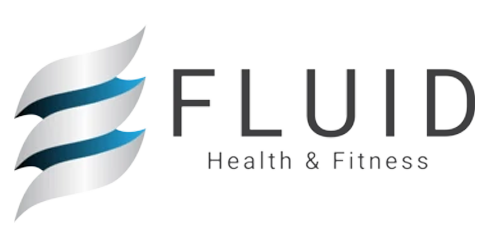
Sep 13 , 2021
0 Comments
Designed to Move | From the Ground Up
How Muscles Work
The muscles in the body have general functional characteristics. These characteristics allow us to move with stability and efficiency. Sometimes they act like springs absorbing shock while other times they act like bungee cords suspending us. The four major characteristics are:
Contractility - the ability to contract or shorten forcefully.
Excitability - the ability of the muscle to respond to signals from the nervous system and hormones making it possible for the nervous system and hormonal systems (endocrine) to regulate muscle activity.
Extensibility - they can be stretched to their normal resting length and beyond to a certain degree.
Elasticity - the ability of the muscle to recoil back to its original resting length when it is stretched.
In life when we start to experience pain or when injury presents itself, it’s often due to one or more muscle groups being unable to maintain one of the characteristics mentioned above. This is especially seen with elasticity, or the ability for a muscle when it's stretched to recoil or return back to its natural resting position. This is an often misunderstood, overlooked or neglected component of training systems.
Elasticity
Think of your muscles as rubber bands or coiled springs. They stretch against gravity to open your joints. As they stretch, they build up mechanical energy so they can contract and recoil back. A classic example is that of a pinball machine. When you pull the pin back to launch the ball this unravels a spring attached to it. Once you release the pin the built-up tension in the spring will recoil back to its original position with enough force to launch the ball. Your muscles work in similar ways and the attachments are your bones and connective tissues.
The Problem
The problems arise when the natural tension in your body’s bungee cord systems aren’t there. It’s like holding a rubber band or spring in its lengthened position for several hours. It will lose its internal tension so that when you finally let it go it will remain in the lengthened position. This is called amortization of tension.
Remember that muscles act to absorb force on the joints. When the internal tension in the muscles isn’t sufficient to decelerate movement properly this can lead to increased levels of torque and strain being placed on the joints and ligaments tasked to maintain its rigidity.
This will also facilitate faulty recruitment patterns in muscles that aren’t supposed to be utilized as they try to stabilize the joint. This creates a feed forward system of disfunction as this will alter their tension relationships as they segment to other areas in the body. This will Increase their excitability and reduce their extensibility - or the ability to stretch to their natural resting length.
The Foot
Overpronation
A prime example of this disruption in natural tension and length relationships can be found in the foot with a common muscular distortion syndrome called overpronation.
Pronation is a normal function that occurs with the foot as we walk. As we take a step and shift our weight into the lead foot it will roll inward toward the center of the body. When this happens, the heel will collapse inward and the arch of the foot will flatten as the bones in the feet spread out to absorb the weight. Overpronation, however, is when the foot collapses or elongates too far inward. As a result the foot will lose its ability to maintain its stability ultimately impacting efficient movement throughout the body.
In addition to impacting the foot, the muscles of the calf are affected as well. In an attempt to account for the inward rotation at the heel, the back side or (posterior) calf muscles attached through the Achilles become overworked and twisted. These muscles become inflexible reducing the ability of the foot to dorsiflex (drawing of the toes up towards the shin). Because of the excess plantar flexion, this essentially places the body on a slope from the ground up creating excess tension at the knees, lower back, shoulders and neck.
How Does This Happen?
As we mentioned in the beginning of the article distortions happen when the functional characteristics of the muscles are challenged. This is no different with the foot.
The problem actually originates at the hip due to weakened gluteal muscles. As the foot pronates inward medial rotation of the leg towards the center of the body occurs and is countered by the natural tension of the gluteals that complete the opposite action. These attach at the upper leg (femur) and lower leg (tibia) through the IT band.
This inward rotation of the femur pulls on the glutes like a bungee cord. If the tension in the glutes is sufficient to absorb the rotational pressure this will protect the joints of the feet and ankles from excessive stress. If the glutes are weak the joints will collapse inward. The evidence is seen in the foot at the big toe which serves as the last stop for movement as it tries to decelerate the pressure. That’s why you’ll often see the first knuckle of the big toe become arthritic or bunions will develop in populations suffering from over pronation syndrome.
Yes, There is a Solution!
- Increasing the mobility of the back calf muscles (gastrocnemius muscles).
- Recognize which muscles are responsible for medial arch support and strengthen them. (abductor hallucis)
- Strengthen the opposite muscles that oppose pronation (anterior/posterior tibialis)
- Coordinate your conditioning with functional movement patterns seen in everyday life.
- Avoid overtraining your hip flexors, knee extensors and back extensor muscles.
- Avoid footwear with a heel lift or excess arch support.
How to Assess?
In front of a mirror and without your shoes on, stand with your feet shoulders-width apart and pointed straight ahead. Raise your arms overhead with the elbows fully extended. The upper arm should be right in line with the ears. Squat down to roughly the height of a chair without letting the arms fall; then go back to the beginning position. Repeat several times.
- Did you lean forward excessively so that your upper torso drew forward over the knees?
- Did your foot rotate out or flatten as you squatted down?
- Did either of your knees rotate inward as you squatted down?
If you answered yes to any of these questions, you tested positive for this common posture problem and you’ll want to pay attention to what comes next and watch the accompanying video on how to correct it.
Simple Corrective Methods
Correcting Overactive Muscles
Because we move in patterns, our bodies favor the use of certain muscles groups over others. This is no different for the muscles that maintain our foot and ankle. When the Gastrocnemius muscles overwork, they become tight, short, and inflexible. These are the muscles that we’ll want to lengthen via self-myofascial release then follow it with static stretching.
Below are the muscles we’ll want to focus on to create a stable and healthy spine/pelvis:
- Rolling or self-applied pressure using self-myofascial release for 30-60 seconds each
- Stretch or lengthen each for 30-60 seconds each
- Gastrocnemius (medial/lateral)
Correcting Underactive Muscles
As mentioned above, pain in the body is commonly caused when how we move forces certain muscles to work overtime while other muscles become lazy and don’t want to function. We’ll need to wake up these lazy muscles through isolated strength movements. The abductor hallucis as well as the anterior/posterior tibialis are the muscles needing development in this segment.
- 2 sets on each muscle group
- 10-15 reps using a slow opening of the muscle, isolated hold at the bottom of the movement, followed by a controlled shortening of the muscle:
- Abductor Hallucis | Short Foot w/toe spread
- Anterior/Posterior Tibialis | Band resisted dorsiflexion w/inversion
- Coordination | Step to balance
Now that you know which muscles are typically underactive and overactive, let’s put it all together for you. Watch the video HERE for a step-by-step breakdown on how to target each of these areas. Before you get started make sure you have a lacrosse ball and exercise band handy.
Start off by applying the techniques three times a week and build from there. Every so often reassess your posture and see how far you’ve progressed. Soon you’ll start to see noticeable changes in your body position and mobility.




